There are specific cases where each plan should be used to effectively achieve new clients and re-engage customers that have already bought from the brand. From the communication on your social media platforms to the landing page for your website visitors, everything needs to be well-planned for an effective remarketing or retargeting campaign.
If you don’t know the main differences or when to use each of the techniques, don’t worry. In this article, we will show you the main differences between the two marketing strategies and when to use each of them.
Make sure to take a look at both cases and their relevance. This way, you can create quality strategies for existing and potential customers.
What Is Remarketing
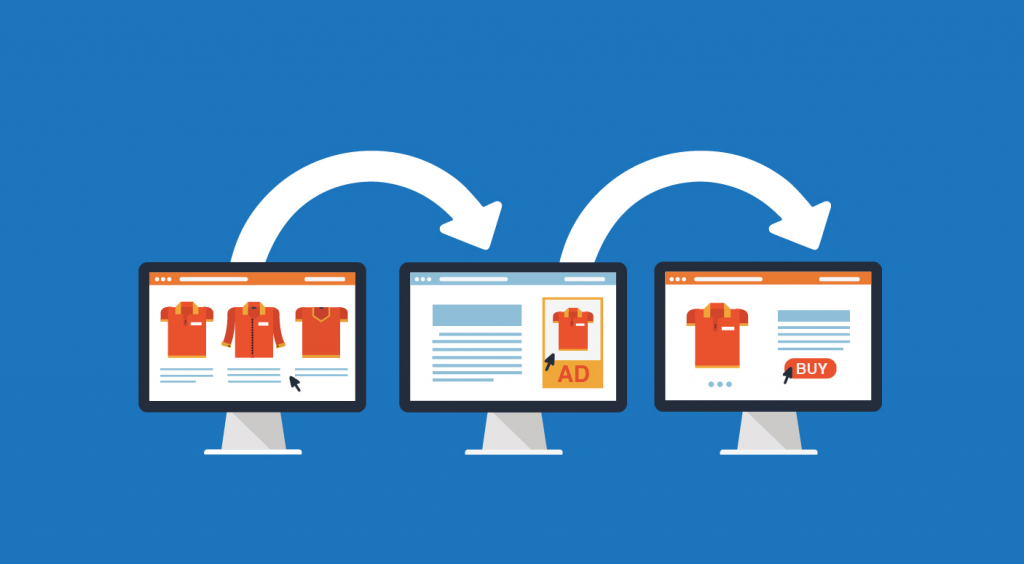
Remarketing campaign strategies are common in companies of all kinds and sizes. They are techniques that focus on re-engaging previous customers based on their purchases and thoughts about the brand.
Running an ad campaign for this case usually involves one of the following situations: Convincing the customer to purchase a specific product again or suggesting new products based on what they previously purchased.
Remarketing strategies are usually simple since you already know your customer’s purchase intentions and how to reach them. But to create campaigns for users that previously visited your business, it is essential to use different marketing tactics and conversion campaigns.
This happens because, in these cases, the sales funnel is already complete. This means that you don’t need to worry about this process, and the only focus of your remarketing efforts will be to keep the user interested and engaging with your company.
If you always use the same remarketing ads or content marketing, it is less likely that you will keep them interested for a long time. Remarketing focuses on creating different strategies based on their interests and previous purchases. This way, you increase the chances of success of your digital marketing.
When to Use Remarketing
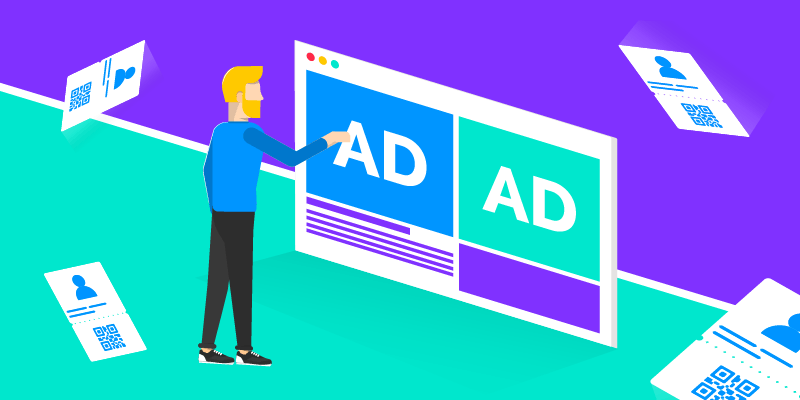
More than just knowing what remarketing is, it is important to understand when to reach your past customers. The most common case of remarketing usage is when you notice a low percentage of customers buying from you more than once.
Remarketing works perfectly when you offer products that customers recurrently buy. For example, if you have a cosmetics shop, customers will likely purchase a specific product again once they run out of it.
It is also a great practice once you know your target audiences and their buying habits. By knowing what they purchased, you can better tell which products they might like to buy from you.
You can also align this with marketing automation and create strategies to generate suggestions for these users automatically. This automation can be used for both retargeting and remarketing actions.
Remarketing Strategies

Now it’s time to see some commonly remarketing campaign strategies that can be used to reach previous customers and achieve your main objectives. Make sure to take a look at each one carefully to understand which of them best fits your needs and company type.
More than just choosing a strategy, you must evaluate your business goals and what you want to achieve with the campaign. Make sure to reflect on these points before selecting any course of action.
Here are some of the most common remarketing actions for online ads:
Email Marketing
Email marketing is one of the best ways to interact with existing customers and convince them to purchase again. It is one of the cheapest marketing strategies and doesn’t depend on paid ads or any platform other than your customer data bank.
You can get the email addresses of users that have already bought from you and send them ad messages regarding items they might like or special offers for products or services.
Everybody loves good deals, and sending them emails about discounts has a high chance of bringing them back to your website. Since it is a low-cost strategy, even a small percentage of conversions is enough to generate a big profit and a successful campaign.
Invest in Remarketing Pixel Tags
The pixel tag is a reminder that a specific user visited your website. They are those famous cookies we all accept when visiting any online page.
Thanks to the pixels, you can effortlessly track and record user visits along with essential insights, such as their interactions with various products. This invaluable data serves as the foundation for crafting highly engaging and personalized ads tailored to each individual user, culminating in a seamless and dynamic advertising experience.
It can be much more effective than simple marketing emails since you have personalized data for each user. Aligning this with other website tools can be the perfect way of convincing previous users to buy again from you.
Remarketing Lists for Search Ads
Another powerful tool that can be a game changer for your campaign efforts is the remarketing lists from Google Ads. As the name suggests, it is a tool that automatically generates lists based on users that previously visited your web pages.
It can track these audience members and even create keyword suggestions on Google Ads based on their search habits and what they look for in your company’s site. The RLSA is similar to the remarketing pixel, with the difference being that it is a tool specifically from Google Ads.
This means that to access a remarketing list, you’ll have to create paid promotion on display ad networks, more specifically, Google.
Create Custom Ads
One of the best ways to make previous visitors buy from you again is to make them feel special and unique. From your remarketing emails to the type of ad they see, creating personalized content drastically increases the chances of making them buy from you again.
Thanks to the information about your customers’ past purchases and search history, you can create specific ads to target people with products and services they might like based on their previous choices. It is an effective technique that can be used not only on Google Ads but on any other paid promotion website, like a social media platform, for example.
What Is Retargeting
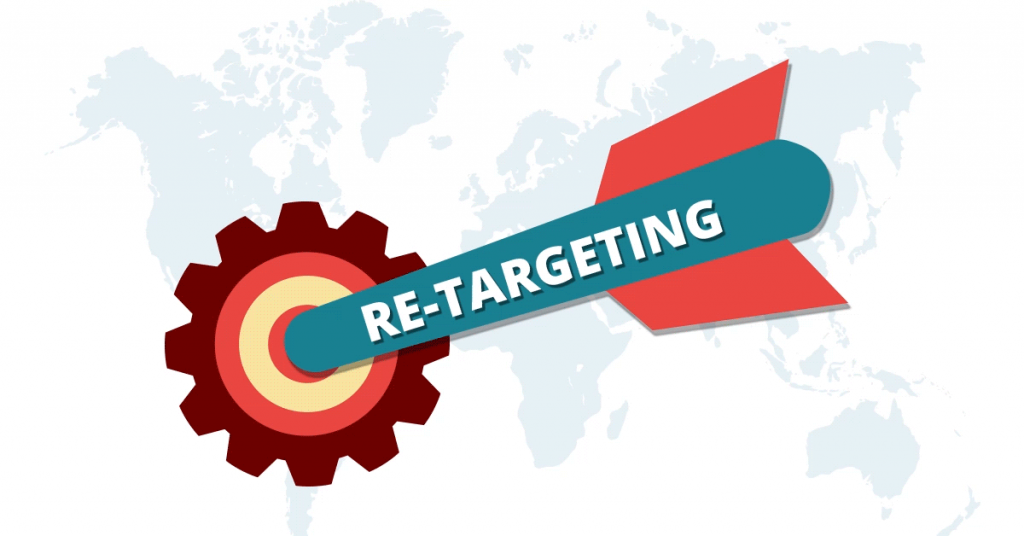
Now that you know remarketing, it is time to learn about retargeting. The second of the two strategies regards actions to interact with users that viewed and interacted with your website or social media account but didn’t make any purchases.
It is directly related to the conversion rate of your business and the capability of planning actions for this public. Retargeting ads can be much more challenging since you don’t know the purchase habits of the public and why they didn’t finish their buying experience.
You can have web retargeting and social media retargeting, each with its own specificities and courses of action. It is essential to understand where your primary target audience is and what they’re looking for when visiting your web page or social media account.
When to Use Retargeting
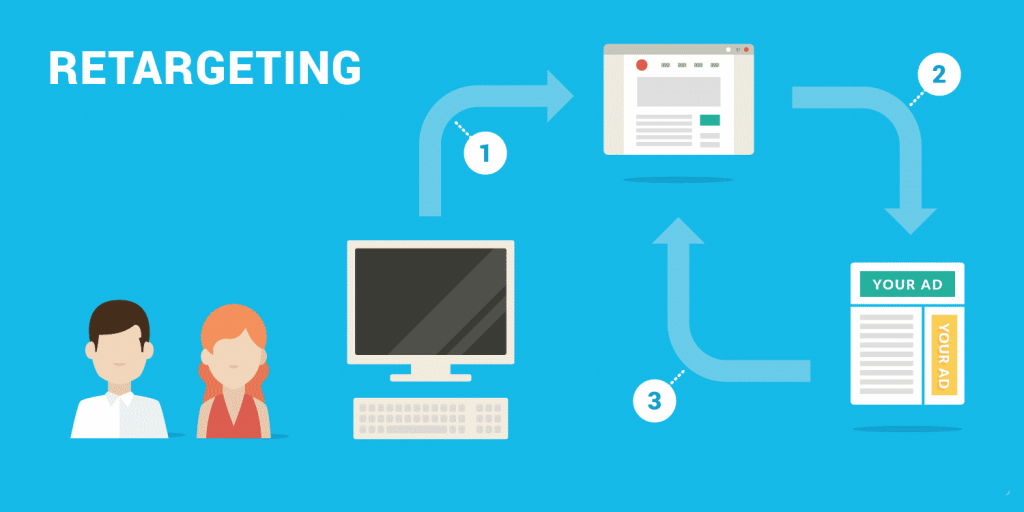
Retargeting is most commonly used when you have a high volume of users interacting with your content but not finishing any purchase action. It is a common practice since most businesses have only 2% of their visitors converted into clients, according to Google.
When you want to maximize your conversions, running a retargeting ad might be the perfect solution. It is also important to remember that when creating an ad network for remarketing campaigns, the sales funnel was already complete, but not in this scenario.
In a retargeted ad, the sales funnel is in its early/middle stages, so you still need to convince the client to purchase from you for the first time. This will impact your communication and the ad types you’ll run.
The best time to run a retargeting campaign is when you notice an increase in the number of visitors but not in sales. Like in remarketing, the website cookies will be your best friends.
They are responsible for gathering information about these users and showing you the main information about them. With this, you’ll be able to know what audience you’re achieving and how to address them.
Retargeting Strategies

Now it’s time to see some retargeting actions you can take to convert your audience into long-term customers. Just like in the previous strategy examples, make sure to analyze each one to see the actions that fit your business type best.
Also, make sure to understand who the users are first. The more precise your evaluation and persona construction gets, the easier it will be to create the perfect ad campaign for your needs.
Here are some of the primary examples:
Run Social Media Retargeting Ads
We know retargeting works by gathering data from the web traffic about users that visited your page, but it doesn’t mean it’s restricted only to Google. In fact, retargeting on social media tends to be some of the most successful cases, especially in platforms like Instagram, because of its marketplace and dedicated PPC platform.
You can run ads for users that visited your profile or clicked on a listed product, for example. On Instagram, retargeting becomes even easier since the platform already has tools dedicated to this task.
Pixel-Based Retargeting
Like remarketing, you can also use pixel-based technology to reach the desired audience. In most cases, these technologies automatically redirect your ads to users that expressed interest in your company, whether by seeing a product or visiting your website.
When the tool identifies these users, it automatically displays ads regarding your products and services to these users. This can drastically increase the chances of completing the sales funnel and turning them into customers.
But Which One Is Better
There are distinct differences between retargeting and remarketing campaigns, ranging from the target audience they cater to and the strategies they employ. Retargeting campaigns are designed for users who did not complete the sales funnel and have not become active clients yet.
On the contrary, remarketing is ideal for targeting existing clients. The latter technique primarily revolves around re-engaging with previous customers, which requires crafting campaign messages that are substantially different since these customers are already familiar with the core attributes of your business.
They will focus on the value of additional products and services your business offers. Remarketing campaigns aim to demonstrate to existing clients how the supplementary offerings can meet their evolving needs and enhance their overall experience.
In contrast, retargeting campaigns will highlight the core strengths and unique selling points of your business, emphasizing why it stands out as a superior solution compared to other alternatives in the market.
There is no right answer to which is better. Everything will depend on what goals you want to reach and what your priorities are.
Make sure to understand your objective before developing the campaign. This way, you’ll reach the desired results.
Why Hire a Professional Agency for Retargeting and Remarketing
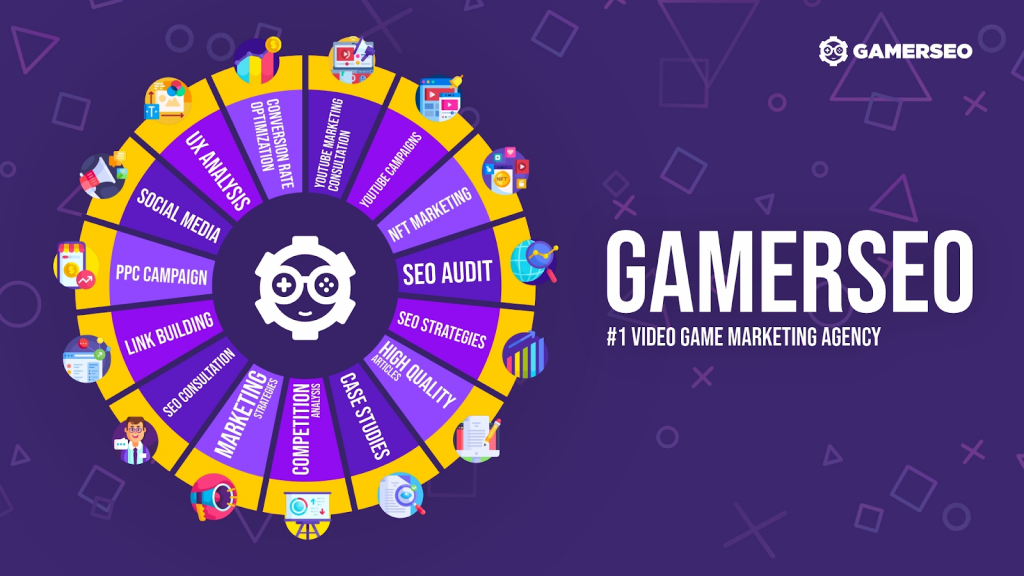
More than just understanding what the two strategies are, there are several factors that impact the success of your campaigns. From the platform used to the type of communication you create, everything affects how people perceive your company and how likely they are to become long-term customers.
This is why hiring a professional company to help develop your campaigns is vital. Having professionals on your side makes it easier to build quality content that enables you to reach your goals and objectives.
At GamerSEO, we have the best professionals on the market with years of experience that will help you in every step of your campaign. By joining our family, you get much more than keyword research or persona creation. We work side-by-side with you to create the perfect strategy aiming at your objectives.
Conclusion on Remarketing vs. Retargeting
There is no doubt that good remarketing and retargeting strategies can be the perfect solution for generating more leads and revenue for your business. Each technique has its own particularities and can be used for different purposes, so there is no answer to which one is better.
More than choosing which one to use, it is crucial to understand what you want to achieve with them and which strategy best suits your needs. With this, you increase the chances of success and make your business shine among the competitors.
Now that you know everything you need, it is time to start creating your remarketing and retargeting campaigns. Follow all strategies carefully, and you’ll definitely achieve the best results possible.

A PPC specialist who started with organic social media. For several years, the core of his activities are:- Google Ads, Microsoft Ads, Meta Ads, TikTok Ads, Twitter Ads, Linkedin Ads. He has led campaigns with a global reach, e.g. for FootballTeam, G2A, ETOTO, as well as many smaller campaigns in the sports, construction and financial industries. Has full focus on ROAS. Privately, a fan of football, history of wars and Star Wars.

